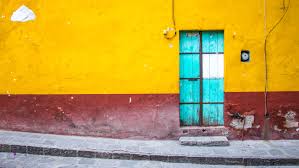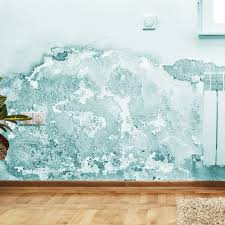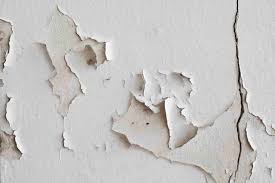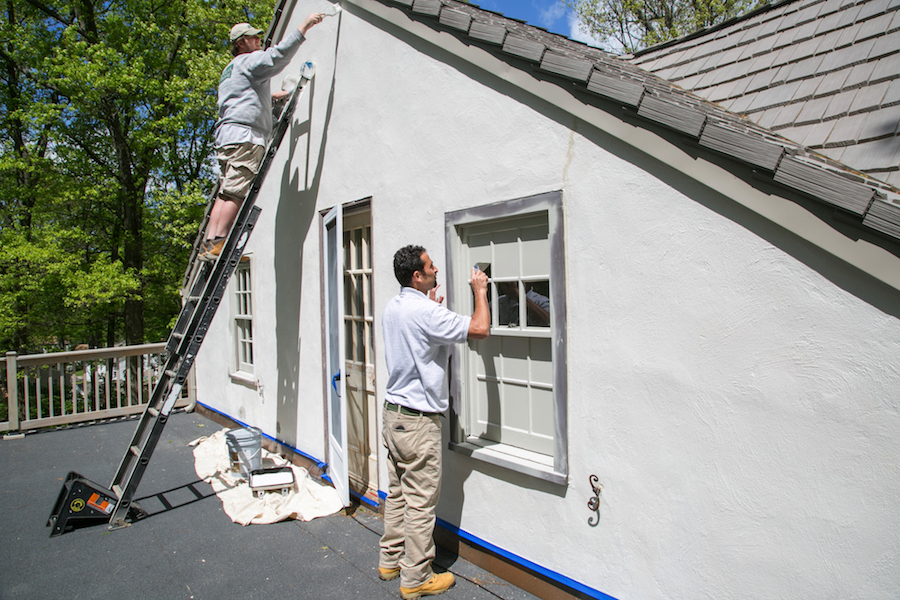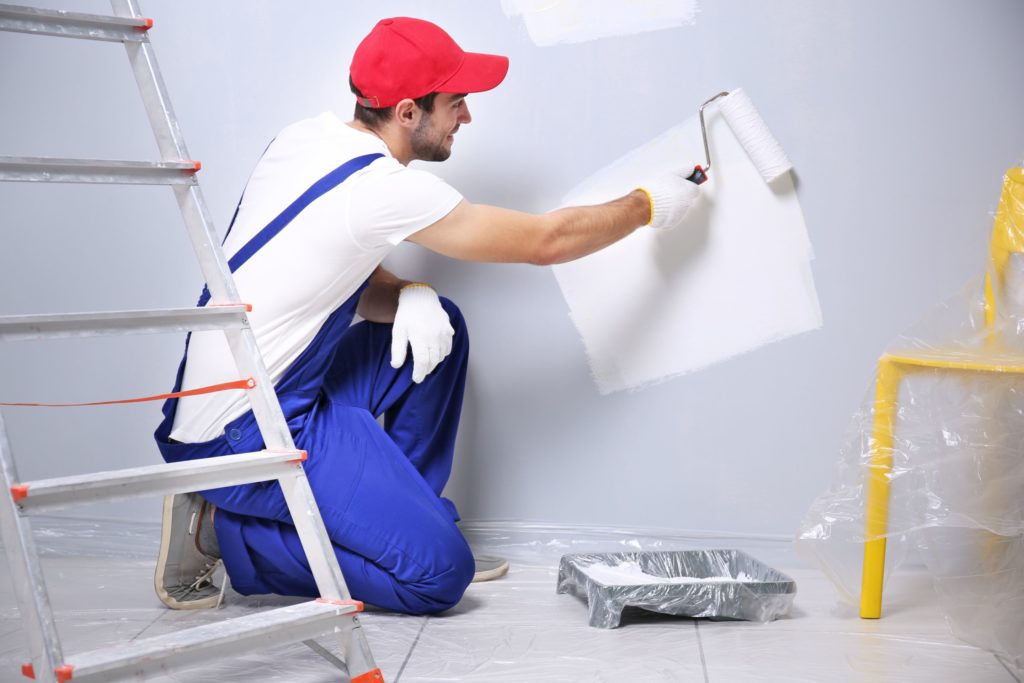Can you Paint Popcorn Ceilings
Can it be done? Yes!
I was quite surprised, and she said she had read that you can’t paint these ceilings because the stucco falls off. So to set the matter straight I figured I would research and write a blog about it. You certainly can paint “stucco” ceilings. Sure they aren’t easy, but it can be done. Another surface to decorate in your home!
Has it been previously painted?
Painting stucco ceilings is more difficult than painting regular ceilings. The stucco ends up flinging paint everywhere (much more than painting a regular ceiling) and some of the stucco itself does fall off the ceiling too. Just like painting any surface, putting paint on a stucco ceiling has some tricks to it. Spraying the stucco is probably the easier way to do it, but sometimes that’s not practical (like if there is furniture in the room). Considering most homeowners paint their home after thy move in, painting the ceiling with a roller is the only option available.
Step one to paint stucco ceilings:
The first thing you need to do to paint stucco ceilings is to find out if it had been painted before. When painting this Pickering home shown here, we knew that the ceiling was previously painted. If it hasn’t or you don’t know, you’ll need to prime it first and prime it with an alkyd (oil based) primer.
Before painting, make sure everything is covered.
Step two is to COVER EVERYTHING! When you’re priming, if the stucco ceiling hasn’t been painted before there will be some pieces that fall off the ceiling. Don’t worry though, it won’t be enough to notice a difference in the texture, but you will want to make sure that the area is completely covered under the stucco you’re painting. If you’re not planning on painting the walls after the ceiling, you’ll need to tape plastic to the walls as well because otherwise you’ll have primer and paint splashes all over.
Paint ceiling and let it dry
Step three is to paint the primer and let it dry. If there are stains on the stucco ceiling, you might want to paint over those stains with the primer, let it dry, then prime the whole ceiling. Be aware that it will take longer for the stucco to dry than it does walls. It takes longer because there is so much more paint on the stucco than what gets put on the walls and because there is crevices that the paint goes into and needs longer to dry. If you’re painting the walls it’s not a bad idea to cut in the first coat of the walls while you’re waiting for the stucco to dry.
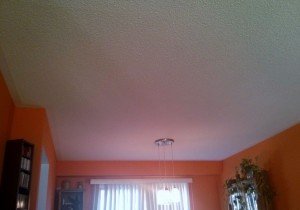
What is this bumpy stuff on my ceiling that looks like popcorn or cottage cheese?
The ceilings of many homes and apartments are not painted, but instead are coated with a substance that has a bumpy texture. It looks like this: This treatment is normally called a textured finish or an acoustic finish by builders, but most people refer to it as popcorn.
This sort of ceiling treatment is popular for several reasons:
It keeps you from having to plaster and sand the ceiling. If you’ve ever done it, you know that plastering a ceiling is no fun.
It hides lots of imperfections in the ceiling. The ceiling is a huge, flat, uninterrupted and well-lit expanse. Any imperfection is immediately obvious. The texturing hides imperfections very effectively.
It helps eliminate echo in a room. If you have ever talked in a room before and after carpeting, you know what a big difference carpet makes on echoes. An acoustic finish is like carpeting the ceiling.
There are many different ways to put a texture on a ceiling, but the most common technique involves mixing some sort of lumpy aggregate — either vermiculite or polystyrene — with ceiling paint. The mixture is then sprayed onto the ceiling using a special spray gun like the hopper texture gun from Lemmer. It goes on in one coat, and once it dries (like normal paint), you’re done!

The Easiest Way To Paint Tall Walls
Our living room has always been top on my list to paint. The colors from the previous owners never jived with me — yellow mustard and the dirt brown had to go. As much as I wanted to make this rather simple DIY change to our home, the vaulted ceilings always made me hesitate. How in the heck was I ever going to reach the tip top of our 20 ft walls?! But thanks to Wagner, who supplied me with the right tools and sponsored this post, my living room now has beautiful walls that I love! If you’ve been looking for a great tutorial, this is the easiest way to paint tall walls.
As you can see, that mustard color even made it’s way into my kitchen, off the hall. I’ve never been so excited to paint in my life!
Lucky for me, I snagged all of my paint at Sherwin Williams on sale for 30% off. I purchased 5 gallons of Repose Gray, which may seem like a lot. But I only had half a gallon leftover when I finished. So I think that was just about the perfect amount of paint.
Next I gathered my painting tools. I promise you, this is exactly what you need for the easiest way to paint tall walls! This post contains affiliate links for your shopping convenience. Click here to read my full disclosure policy.
Then you will need your standard paint supplies:
paint tray
several paint brushes of varying sizes (for cutting and hard to reach areas)
paint drop cloths (to protect furniture and floors)
an extra high and sturdy ladder — mine extends to 25 ft (I bought a new one just for this job, but it will totally be used around the home in the future I’m sure!)
paint

Fundamental Painting Tips to Know Before You Pick Up a Brush
Consider the amount of light and the decorative elements in a room when . Light colors tend to open up a room, making it seem lighter and more spacious. Dark hues can add depth and warmth. Use a dark color on a single accent wall to create visual interest without making the room feel smaller. Before , pay special attention to how surrounding elements will reflect light and alter the color. For example, might make white walls look pink.
One factor you , the degree of light reflection off the painted surface. In other words, how much the paint shines. Sheen affects the finish’s appearance, durability, and suitability for certain uses. As the amount of sheen increases, so does the enamel value, which determines the hardness or protective value of the coating. Generally, the higher the gloss, the better the finish will , abrasions, and cleaning. Choosing sheen can be a matter of personal preference, but there are some general guidelines to follow. Flat paint is widely but is not a good choice for walls in high-traffic areas. Eggshell works well in bedrooms, , and hallways where frequent cleaning is not needed. Easier-to-wash satin or semigloss paints are good choices for bathrooms and kitchens. Use high-gloss paints for trim, cabinetry, and doors that are in perfect condition
You probably by looking at it under a different type or intensity of light than what’s in your room. Sunlight, daylight, fluorescent light, halogen light, and incandescent light affect colors differently. So bring the sample card into the room you intend to paint and look at it several times during the day. See how the color looks using different kinds of artificial light before making a final decision. The only way to be certain about a paint color is to see it on the intended surface, surrounded by the room’s other elements. The best test is to buy sample sizes or quarts of a few colors, paint small sections of a wall, and observe during different lighting conditions. If you’re hesitant to paint your walls with samples, pick up some poster board and paint it instead. With this method, you can also see what the color looks like in different parts of your room.
Some manufacturers include calculators on their websites to help you figure out how many gallons of paint to buy. You can also use this formula: Add the widths of the walls, multiply that figure by the room’s height, then divide the total by 350 (the square footage that 1 gallon typically covers). This formula doesn’t factor in doors and windows, so you should have paint left over for touch-ups.
Don’t forget about a second coat, too! For the , you’ll want to apply a couple coats of paint. However, you might need additional coats, especially if you’re trying to cover a dark color with a lighter color. In this case, you’d want to use a primer as well.
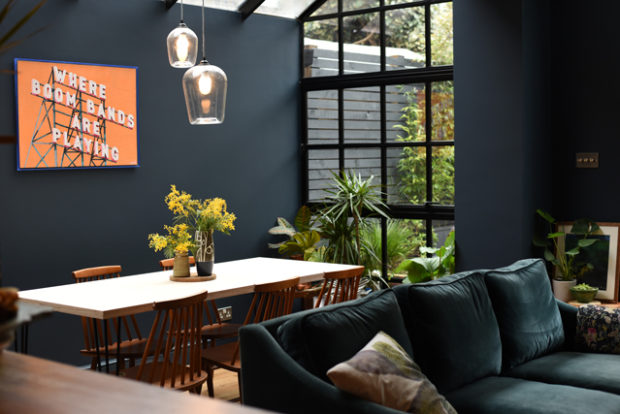
DECORATING IN THE DARK – THINGS I’VE LEARNED FROM HAVING DARK WALLS
Every time I put up images of our house on Instagram, I trigger a chorus of questions about having dark walls. So here are some secrets of the dark side, revealed.
WON’T IT BE TOO DARK?
Yes, it will be dark. But with enough lighting, some colour pops and a mirror opposite a window to bounce light around, it will look amazing.
SHOULD I JUST DO A FEATURE WALL?
No, feature walls are for wimps. You won’t make an impact with a feature wall, go big or go home. Immersive colour is the way forward. Plus, a room immersed in dark colour makes skin tones look amazing. You’ll feel like you’re in a film.
WILL IT MARK?
Yes, it will. Be prepared to touch it up every six months. I usually go around with a sample pot and a cotton bud touching up dings and scratches.
SHOULD I PAINT THE CEILING?
In my experience, the room will look more edgy if you paint the ceiling. If you’re after a cool look, paint everything the same colour, skirting boards, doors, fireplaces. Then make sure you add lots of soft furnishings otherwise you run the risk of looking like a gastropub or a nightclub in the daytime – Eeew, sticky floors.
